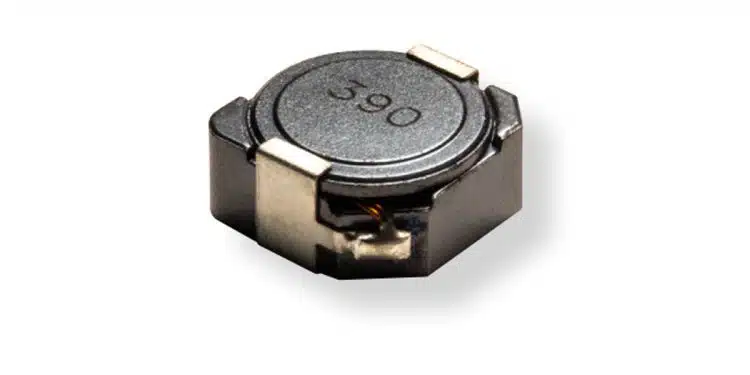Bourns Magnetics Product Line is introducing the model SRR1050HA series automotive shielded power inductors.
These power inductors, designed with a ferrite core / ferrite shield for low magnetic field radiation, are ideal for applications where low noise operating environments are essential.
The inductor is further assembled with U-clip terminals for enhanced mechanical strength and mounting support of the component.
The Model SRR1050HA Series inductors are AEC-Q200 compliant and feature a broad operating temperature range of -55 °C to +150 °C. These shielded power inductors are suitable for DC-DC converters and power supplies in consumer, industrial and telecom applications where higher inductor reliability may be required.
Features
- Shielded construction for low radiation
- U-clip terminal for enhanced mounting strength
- Wide operating temperature range
- AEC-Q200 compliant
- RoHS compliant and Halogen free
Applications
- DC-DC converters
- Power supplies in consumer, industrial and telecom electronics
































